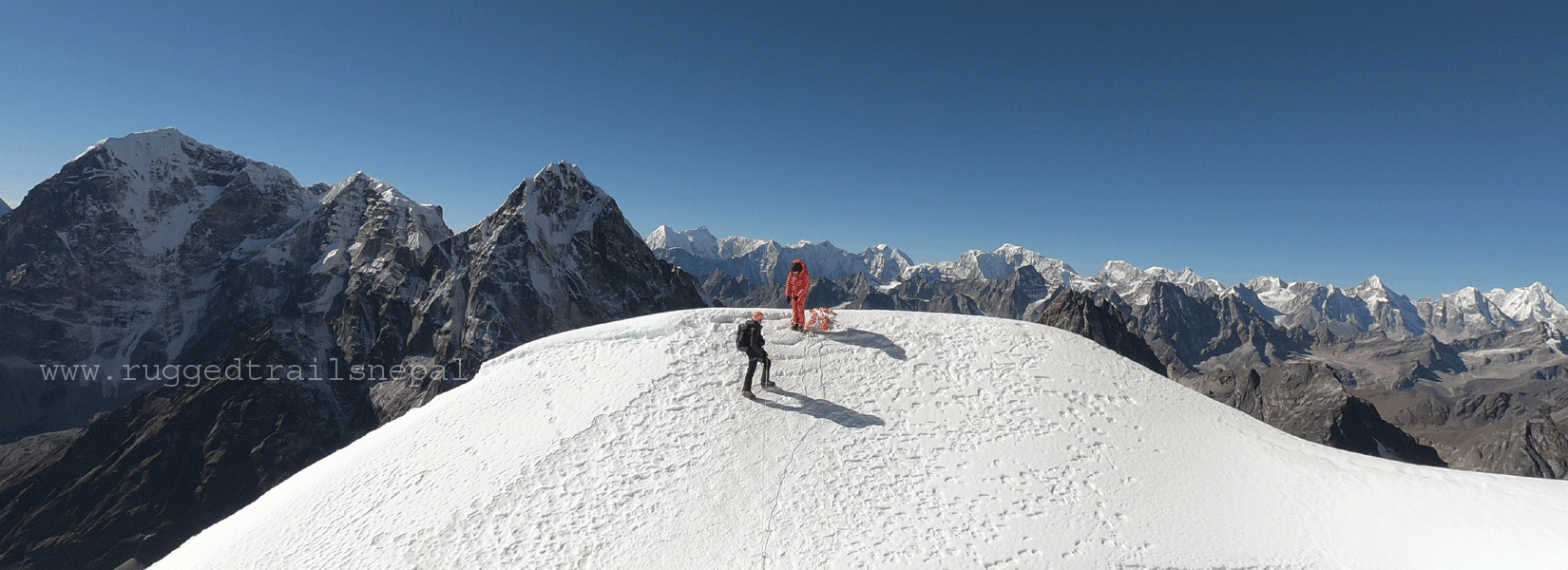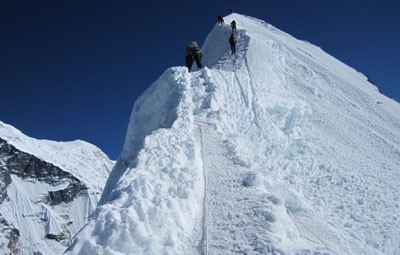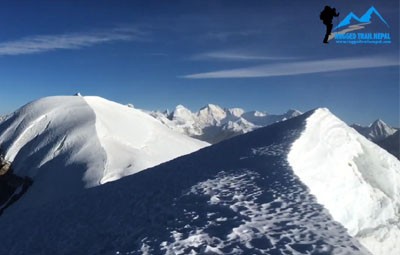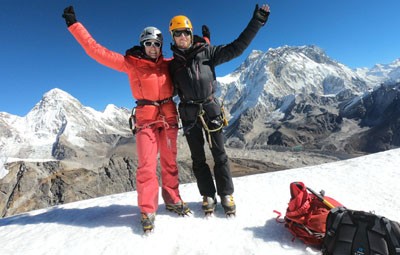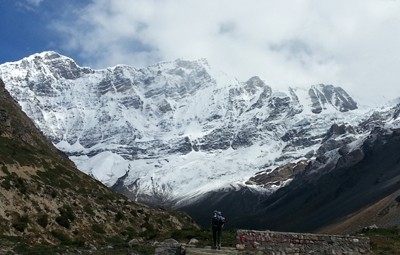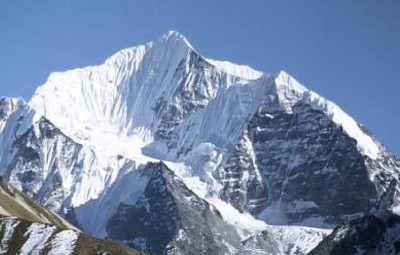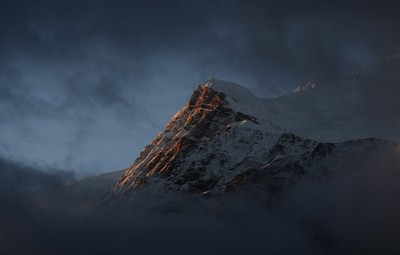About Peak Climbing in Nepal
Nepal is known as the Himalayan country, and for no reason. Eight of the highest mountains in the world lie here, including Mt. Everest (8848 m), Kanchenjunga (8586 m), Mt. Lhotse (8516 m), Mt. Makalu (8463 m), Mt. Dhaulagiri (8167 m), Mt. Annapurna (8091 m), and Mt. Cho Oyu (8291m). When the late Tenzing Norgay and Sir Edmond Hillary scaled Mt. Everest in 1953, mountaineering helped Nepal gain recognition as a popular tourist destination around the world.
The mountains are categorized into A and B. While the mountains in the A categories fall under the jurisdiction of the Government of Nepal, the permits have to be acquired from the Ministry of Culture, Tourism, and Civil Aviation. There are also relatively smaller peaks in Nepal that are easily accessible with less pre-planning and logistics required. This is one reason peak climbing has become quite famous in Nepal due to its ease of access. The smaller trekking peaks between 5,587 m and 6,654 m come under the Nepal Mountaineering Association (NMA), and permits are issued through them.
It is mandatory to hire a professional climber for peak climbing because of safety purposes. While booking your climbing trip with Rugged Trails in Nepal, it is important to have personal insurance for all the members in order to ensure safety and emergency evacuation. For more details about peaks climbing in Nepal, please feel free to email us. There are many other climbing peaks in Nepal that are not listed; therefore, contact Rugged Trails Nepal.

